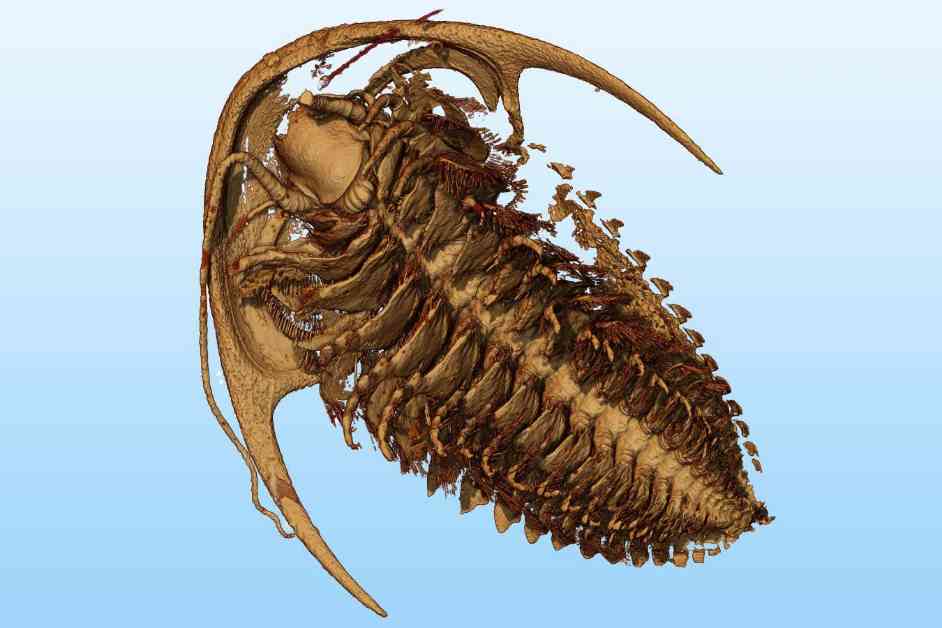Researchers have recently made an incredible discovery at a fossil site in Morocco that has been dubbed the “Pompeii of trilobites.” Trilobites, which are marine arthropods that lived millions of years ago, are known for their hard exoskeletons that are typically preserved as fossils. However, this site in Morocco has preserved these creatures in exquisite detail, thanks to a pyroclastic ash flow from a volcanic eruption that occurred around 509 million years ago.
According to John Paterson from the University of New England in Australia, who was involved in the research, the level of detail preserved in these trilobite fossils is unprecedented. These fossils showcase not only the hard exoskeleton but also the soft parts of the creatures, including their appendages and even the bristles on their walking legs. This discovery has provided valuable insights into the anatomy and behavior of trilobites that were previously unknown.
The team of researchers has collected four specimens from the site, representing two different species of trilobites. Through micro CT scanning, they have been able to create detailed 3D reconstructions of the creatures, allowing for a closer examination of their internal structures. One of the most fascinating findings was the presence of volcanic material in the digestive tract of one trilobite, indicating that it swallowed ash as it died, leading to its preservation.
Furthermore, the scans have revealed intriguing details about how trilobites used their legs for feeding. The gnarly-looking spines on the inner side of their legs acted as shredding tools to manipulate their prey and push food into their mouths. This feeding mechanism was previously unknown and adds to our understanding of trilobite behavior.
Overall, this discovery highlights the importance of preservation conditions in fossil sites and the valuable information that can be gained from studying exceptionally well-preserved specimens. The “Pompeii of trilobites” in Morocco has opened up new possibilities for researchers to uncover the mysteries of ancient marine life and gain insights into the evolutionary history of these fascinating creatures.






